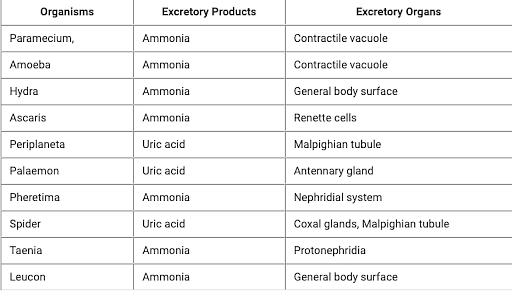What is the diameter of malpighian body in a micrometer?
Solution and Explanation
The average diameter of a Malpighian body (also known as a renal corpuscle or renal glomerulus) in humans is approximately 150-250 micrometers (μm).
The Malpighian body, or renal corpuscle, is a key structure in the kidney that plays a crucial role in the filtration of blood. It consists of two primary components:
- Glomerulus: A network of capillaries where blood is filtered.
- Bowman's capsule: The surrounding structure that collects the filtrate from the glomerulus.
Average Size: The average diameter of a renal corpuscle in humans ranges from approximately 150 to 250 micrometers (μm). However, the size can vary based on several factors such as:
- Age: As a person ages, the size and structure of the renal corpuscle may undergo slight changes.
- Health Conditions: Certain diseases, such as kidney conditions or hypertension, may cause changes in the size of the renal corpuscle.
- Species Differences: The diameter of the renal corpuscle may differ between species, reflecting variations in kidney function across organisms.
Significance: The size of the renal corpuscle is important for understanding its efficiency in filtering blood. Changes in the size can affect kidney function and may indicate potential health issues.
Summary: The diameter of the Malpighian body in humans is typically between 150-250 μm, but variations can occur based on age, health status, and species-specific differences.
Top Questions on excretory products and their elimination
- Which of the following is excretory material in birds?
- MHT CET - 2025
- Biology
- excretory products and their elimination
What is the primary function of Bowman’s capsule in nephron?
- MHT CET - 2025
- Biology
- excretory products and their elimination
- Match List I with List II
List I List II A Pons I Provides additional space for Neurons, regulates posture and balance. B Hypothalamus II Controls respiration and gastric secretions. C Medulla III Connects different regions of the brain. D Cerebellum IV Neurosecretory cells
Choose the correct answer from the options given below:- NEET (UG) - 2024
- Biology
- excretory products and their elimination
- Which disease is characterized by symptoms such as dehydration, excessive loss of water in urine, and absence of glucose in the urine?
- MHT CET - 2024
- Biology
- excretory products and their elimination
- Which of the following statements best describes the relationship between the hormones ANF and Angiotensin 2 in terms of their physiological effects on the body?
- MHT CET - 2024
- Biology
- excretory products and their elimination
Questions Asked in MHT CET exam
- Two charges of \( +2 \, \mu\text{C} \) and \( -2 \, \mu\text{C} \) are placed 1 meter apart. What is the force between them?
- MHT CET - 2025
- coulombs law
- Given the equation: \[ 81 \sin^2 x + 81 \cos^2 x = 30 \] Find the value of \( x \).
- MHT CET - 2025
- Trigonometric Identities
- Evaluate the integral: \[ \int \frac{\sqrt{\tan x}}{\sin x \cos x} \, dx \]
- MHT CET - 2025
- Integration
- What is the energy stored in a capacitor of capacitance \( C = 10 \, \mu\text{F} \) when a potential difference of \( V = 20 \, \text{V} \) is applied across it?
- MHT CET - 2025
- Electrostatic potential
What is the empirical formula of a compound containing 40% sulfur and 60% oxygen by mass?
- MHT CET - 2025
- Chemical bonding and molecular structure
Concepts Used:
Excretory products and their elimination
The physiological process of the elimination of metabolic waste from the body is called excretion. The excretory products comprise amino acids, carbon dioxide, urea, uric acid, water, and ammonia. Some of the Molluscs and Echinoderms excrete waste products from the body in the form of amino acids. Ammonia is the foremost excretory product in animals, it is derived from the proteins exists in the food we eat.
Excretory Products in Different Organisms:

Read More: Excretion in Human Beings